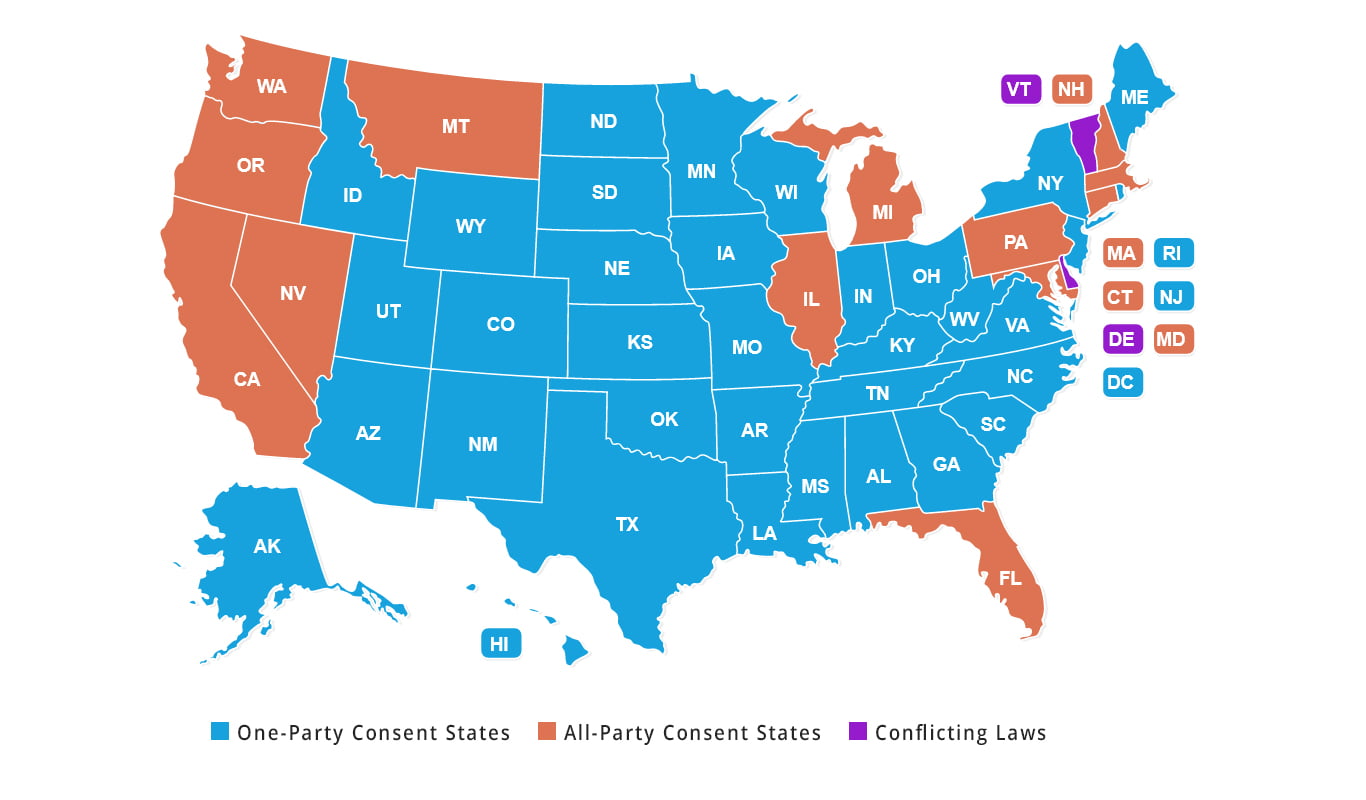
The Legal Implications of Internet Security: A Reflection on Controlled Access
The Security Dynamics of Website Access
The digital ecosystem today is a complex web of information exchanges, with websites functioning as controlled environments governed by intricate codes and algorithms. Web access restrictions imposed by site owners underscore the fine line between security enhancement and potential data rights infringement. When faced with a 503 HTTP response code, indicating service inaccessibility, users easily feel caught off-guard.
Factors Occasioning Limited Website Access
The reasons for limited website access vary, often involving security considerations. For instance, users from specific geographical locations may encounter temporary access restrictions due to heightened security measures. Such intervention puts into perspective both the scalability of digital security concerns and the need for centralized regulation.
The Role of WordPress in Ensuring Site Security
Platforms like WordPress leverage plugins such as Wordfence in strengthening overall site security. Installed on over 5 million WordPress sites globally, Wordfence manages and restricts site access, providing a robust defense mechanism against cyber threats. But, this does create a discussion about its implications on “Administrative Privileges and Data Rights.”
Administrative Privileges and Data Rights
Administrative privileges granted to WordPress users allow for input and adjustments within the digital environment, a privilege generally guarded via an associated email address. That said, the limited access issue places a spotlight on the potential risks this poses to data privacy. It also mandates the exploration of user experience design and its role in managing issues associated with limited access.
User Experience and Technical Error Management
The real test of digital service proficiency is how effectively it balances security requirements and user experience aspects. Access blockades could be accidental (and erroneous), leading to unwanted disruption in service for valid users. Thus, the responsive measures available for regaining access significantly shape the technical user experience.
Regaining Access: The Path to User Empowerment
The path to regaining access post an inadvertent block typically involves receiving an email aid for unblocking. While this system empowers genuine users to reclaim access, it brings the conversation to a vital area, namely, the future of cybersecurity and digital evolution.
The Future of Cybersecurity: Navigating the Thin Line of Access Control
As the digital world continues to evolve, strategies for navigating the subtle balance between website security and seamless user experience are increasingly crucial. Control of access, a vital aspect of cybersecurity, requires innovative tools and techniques. In this context, the Wordfence plugin is a case in point.
Wordfence: Revolutionizing Cybersecurity with Controlled Access
Wordfence’s popularity in managing access to WordPress sites emphasizes the urgency for competent security measures in the digital space. Its blocking tools and their applications signify a revolution in cybersecurity. Likewise, the use of HTTP codes, like the 503 response, as an instrument of controlling access signifies the sophistication of modern digital security protocols.
Conclusion
The diverse elements of digital security, intricately woven together, present a compelling case for careful legal oversight for a balance between security and access rights. The debate around access, user experience, and data security continues to gain relevance as we delve deeper into the embrace of Internet culture, making topics like WordPress’s Wordfence plugin and 503 HTTP code responses increasingly important.
Originally Post From https://kolsrudlawoffices.com/record-conversation-without-consent-az/
Read more about this topic at
Account access temporarily restricted due to a security check
Regarding Rise of Unauthorized Access and Password …
